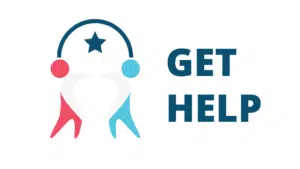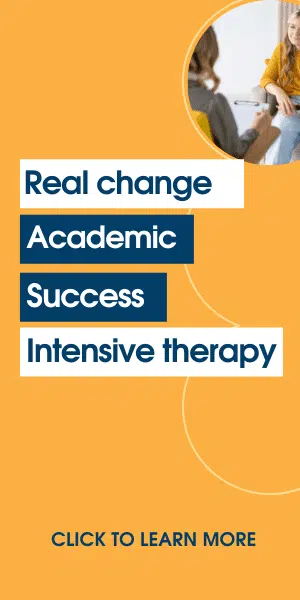Residential Substance Abuse Treatments for Prisoners
There was a time when prison was solely a place for punishment but today there are many programs which aim to rehabilitate prisoners. Drug addiction is so often the cause of crime and today many prisons offer treatment programs for inmates who wish to be rid of their drug addiction.
Governments at different levels are given funds to run treatment programs in prisons. There are conditions attached to the granting of funds. Those conditions include such things as:
- the length of the treatment program (at least 6 months)
- specific attention to the type of drug abuse
- isolation of the treatment facility within the prison and
- an overall approach to recovery focusing on all aspects of the life of the prisoner
In the USA, the Residential Substance Abuse Treatment for State Prisoners (RSAT) Program is prominent in this field. In 2008 almost $10 million was allocated specifically to this program. Whilst many will argue this is not enough money, it is a substantial amount and shows how the authorities are seriously attempting to remove the drug problem from within the prisons.
Many incarcerated with drug issues will be released and by helping the prisoners become clean and free from drug addiction, there is a much greater chance the prisons will not re-offend.
Whatever funding is provided by the government, the saving in having fewer crimes committed and fewer inmates in the prison system is incalculable.
The main questions to ask then are how effective are the programs in the prisons and why isn’t more funding made available?
Studies of the success of the program are still being developed and need by nature of the project to take place over many years. The test of whether a released prisoner has remained drug free and stopped committing crimes needs to take place over many years.
The main issue is that the quality of the recovery program is based on those used for drug addicts who are not in jail. The programs are similar. They aim to educate the whole person, to help the addict not only recover from their addiction but remain drug free. In so doing the former addict will not only stop being involved in crime but can make a positive contribution to society.
The program centers on the individual. It works on the social, mental and physical aspects of the prisoner’s life. It includes a study of their vocational skills. Many addicts have few skills and so turn to drugs as a way of making money. This whole person approach is the only proven method of treatment.
With more and more prisoners in jail being there for drug related crime, it has never been more important for the authorities to provide funding for prisoners to recover from their drug dependence.
Opponents can argue that the costs of treatment are expensive and that prisons are places of punishment. Both points may be true but if the prisoner is to be released, the costs of a drug addicted ex-prisoner are far greater than one who has recovered and no longer becomes involved in the use and abuse of drugs.
Here are additional resources you might be interested in:











